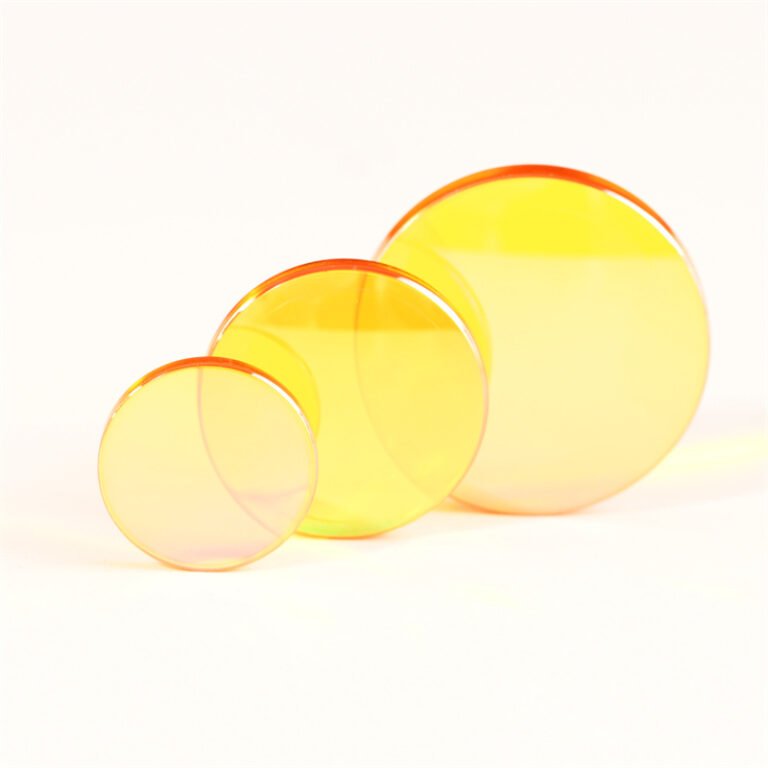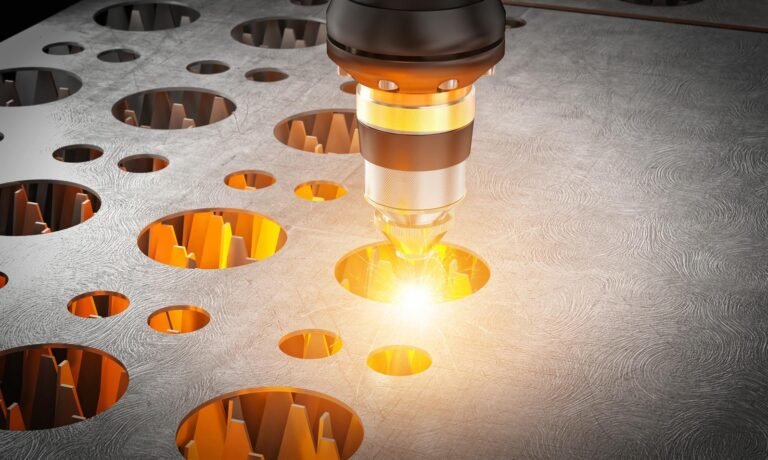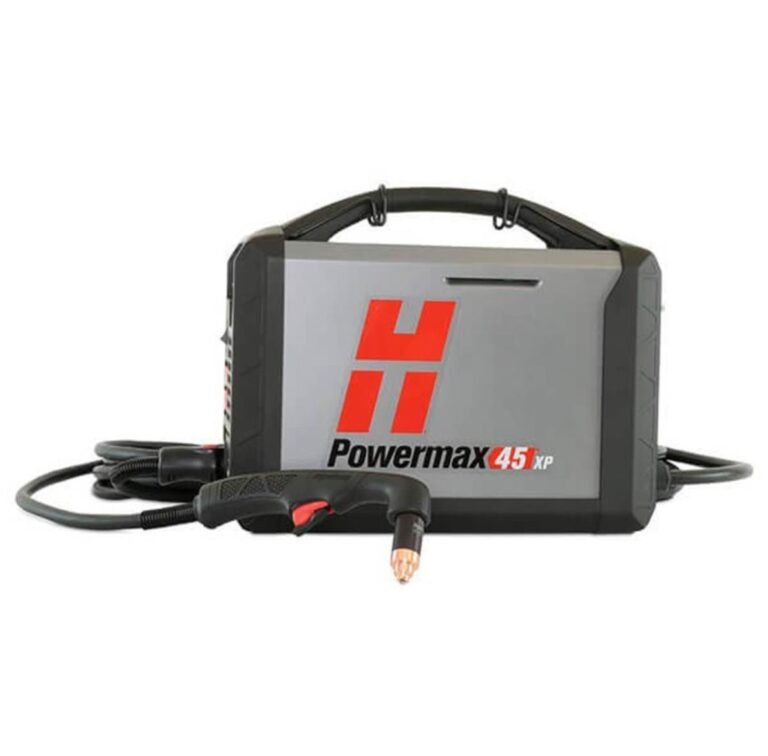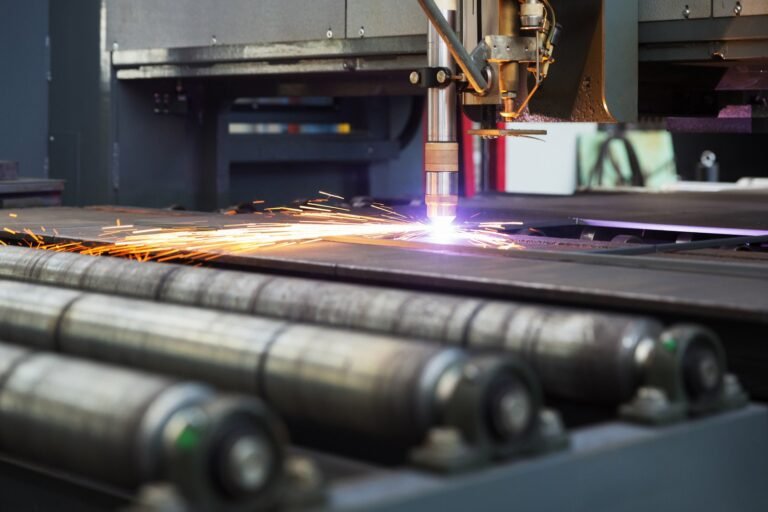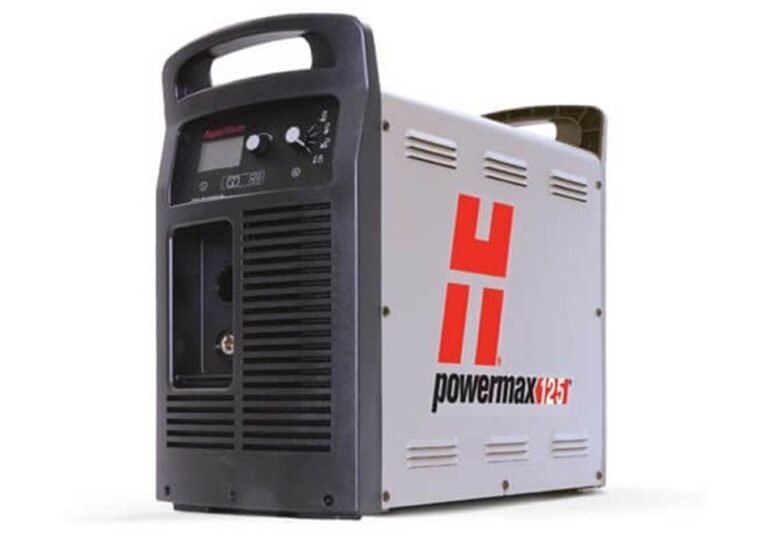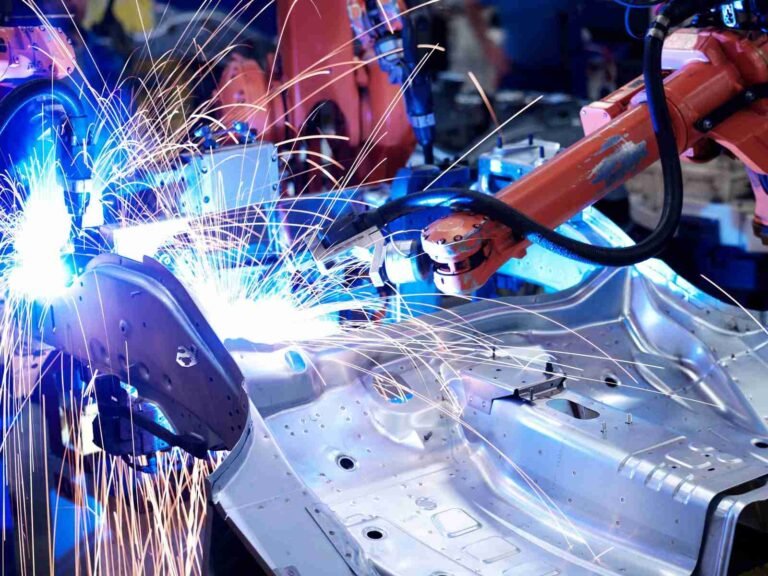Discover the Power of Laser Cleaning Machines: Applications, Benefits, and Buying Guide
I. Introduction
Laser cleaning technology has revolutionized the way we approach various cleaning tasks across multiple industries. This advanced method offers a multitude of benefits, including precision, efficiency, and environmental friendliness. This article will explore the workings of laser cleaning technology, its various applications, and the advantages of using laser cleaning machines. Furthermore, we will provide a comprehensive buying guide to help you choose the perfect laser cleaner machine for your needs.
II. Understanding Laser Cleaning Technology
A. How laser cleaning works
Laser cleaning technology uses high-powered laser beams to remove contaminants, coatings, or impurities from various surfaces. The laser energy is absorbed by the material, causing it to vaporize or sublimate, leaving the underlying surface clean and intact. This non-abrasive and non-contact process ensures minimal damage to the base material.
B. Comparison with traditional cleaning methods
Traditional cleaning methods, such as sandblasting, chemical cleaning, or manual scraping, can be time-consuming, labor-intensive, and potentially harmful to the environment. Laser cleaning offers a cleaner, safer, and more efficient alternative that preserves the integrity of the base material while eliminating contaminants effectively.
C. Types of laser cleaning machines
There are two primary types of laser cleaning machines:
Continuous wave (CW) lasers:
These lasers emit a continuous beam of light, providing consistent power output. They are often used for tasks requiring uniform cleaning, such as removing thin coatings or pre-treating surfaces.
Pulsed lasers:
These lasers emit short bursts of light, delivering high peak power for a brief period. They are suitable for removing thicker or more stubborn materials, like rust or thick coatings, without causing damage to the base material.
III. Applications of Laser Cleaning Machines
Laser cleaning machines have a broad range of applications across various industries:
A. Rust and corrosion removal: Laser cleaning is highly effective in removing rust and corrosion from metal surfaces, which can extend the life of machinery and equipment.
B. Paint and coating removal: Laser cleaning technology can efficiently strip away paint, coatings, or varnishes without causing damage to the underlying material.
C. Surface preparation for welding or bonding: Laser cleaning can prepare surfaces for welding or bonding by removing contaminants, ensuring a strong and durable connection.
D. Mold cleaning: Laser cleaning machines can remove residues and contaminants from mold surfaces, increasing their lifespan and ensuring consistent product quality.
E. Graffiti and contamination removal: Laser cleaning technology can effectively remove graffiti or other unwanted contaminants from various surfaces, including concrete, stone, and metal.
F. Restoration and conservation: Laser cleaning machines are used in the restoration and conservation of historical artifacts, monuments, and artwork due to their precision and non-destructive nature.
IV. Benefits of Using Laser Cleaning Machines
Using laser cleaning machines offers several advantages over traditional cleaning methods:
A. Eco-friendly and safe cleaning method: Laser cleaning technology eliminates the need for harsh chemicals or abrasive materials, reducing environmental impact and improving workplace safety.
B. Precise and non-abrasive: Laser cleaning is a non-contact process, ensuring minimal damage to the base material and preserving its integrity.
C.Reduced labor and maintenance costs: Laser cleaning machines can significantly reduce labor and maintenance costs due to their efficiency, speed, and minimal need for consumables.
D. Increased efficiency and productivity: With the ability to clean surfaces quickly and effectively, laser cleaning technology can significantly improve productivity and workflow.
E. Versatility in various industries: Laser cleaning machines have a wide range of applications across multiple industries, including automotive, aerospace, manufacturing, and restoration.
V. Factors to Consider When Choosing a Laser Cleaning Machine
When selecting the right laser cleaning machine for your needs, consider the following factors:
A. Power output: The power output of the laser cleaner machine affects its cleaning speed and capability. Higher power output allows for faster cleaning and the ability to remove more stubborn materials.
B. Portability and ease of use: Depending on your workspace and application, consider whether a portable or stationary laser cleaning machine is more suitable. Also, ensure that the machine is user-friendly and easy to operate.
C. Compatibility with materials: Different laser cleaning machines may be more effective on specific materials. Ensure the machine you choose is compatible with the materials you need to clean.
D. Safety features: Look for laser cleaning machines with built-in safety features, such as emergency stop buttons, protective enclosures, and interlocks to prevent accidental exposure to the laser beam.
E. Cost and budget considerations: Laser cleaning machines can vary in price, so it’s essential to find a machine that fits within your budget while still meeting your requirements.
VI. Top Laser Cleaning Machine Brands and Models
When shopping for a laser cleaning machine, consider these reputable manufacturers and popular models:
A. Brief overview of reputable manufacturers: Some well-known laser cleaning machine manufacturers include IPG Photonics, Coherent, Trumpf, and CleanLASER.
B. Comparison of popular laser cleaning machine models: IPG Photonics’ LaserCube, Coherent’s CleanWeld, Trumpf’s TruMicro, and CleanLASER’s CL series are all popular models with different power outputs and features to suit various applications.
VII. Tips for Effective Laser Cleaning
To ensure effective and efficient laser cleaning, follow these tips:
A. Proper setup and configuration: Set up your laser cleaning machine according to the manufacturer’s guidelines, and configure it correctly based on the material and cleaning task.
B. Regular maintenance and care: To prolong the lifespan of your laser cleaning machine, perform regular maintenance as recommended by the manufacturer.
C. Following manufacturer guidelines: Always adhere to the manufacturer’s instructions and safety precautions when operating a laser cleaning machine.
D. Ensuring workplace safety: Train employees on laser safety procedures and provide appropriate personal protective equipment (PPE) to ensure a safe working environment.
VIII. Conclusion
Laser cleaning machines have revolutionized the way industries approach cleaning tasks, offering numerous advantages over traditional methods. By understanding the technology, its applications, and benefits, you can make an informed decision when selecting the perfect laser cleaner machine for your needs. Don’t forget to consider factors like power output, portability, compatibility, safety features, and cost. By investing in a laser cleaning machine, you can enjoy increased efficiency, productivity, and a safer, eco-friendlier cleaning process.
